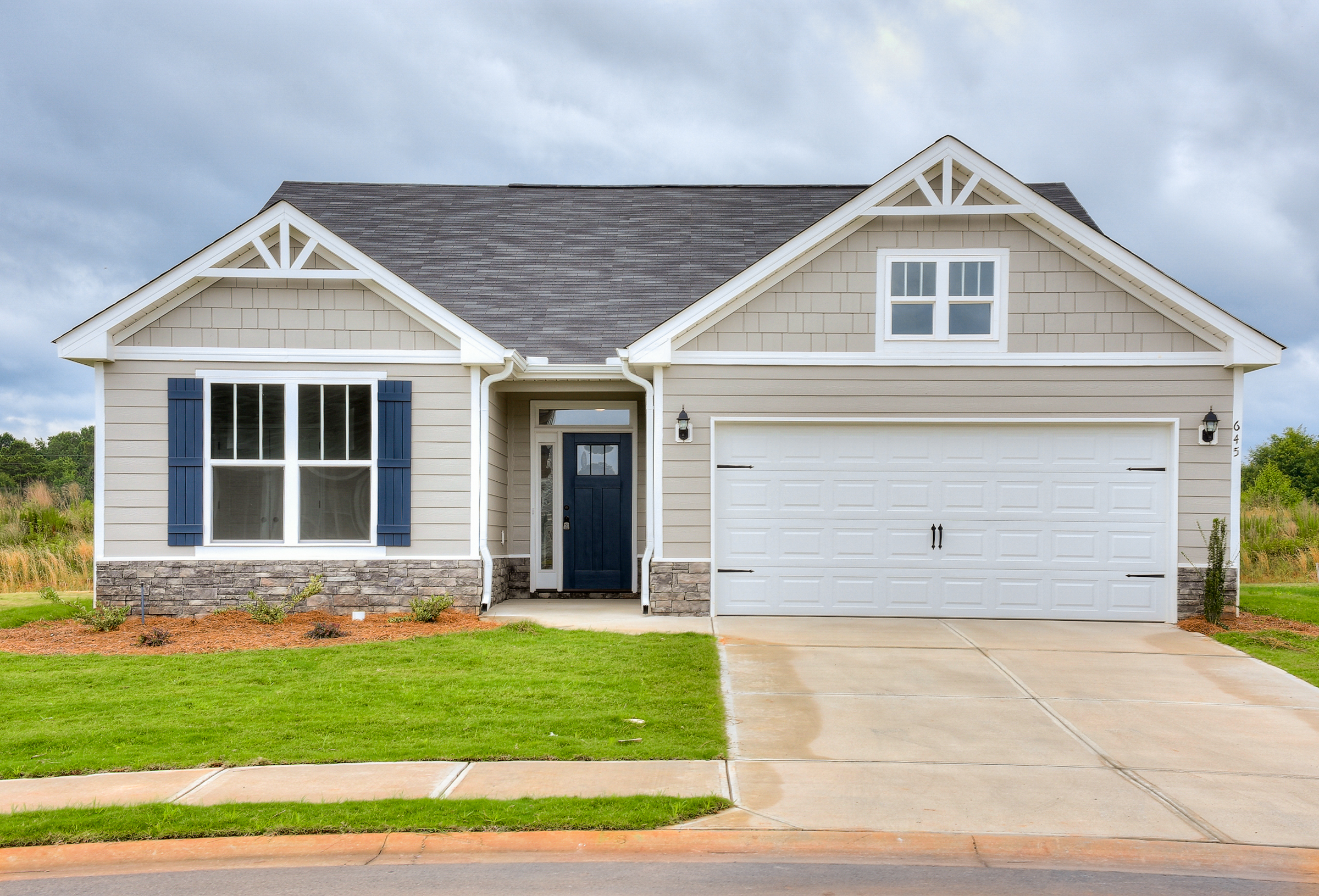Avoid Being House Poor—Live Rich in Your New Home

From Urbandictionary.com: House Poor- Being relatively broke after purchasing a house or property due to the mortgage payments or other related expenses.
 You’re not going to be house poor, are you? Nope, because you know that the best way to avoid being house poor is proper budgeting! It’s easy to fall in love with a home. Our housing purchases are usually decided by emotion that’s backed up by logic, so ultimately, it’s our responsibility to apply logic to our choice of dwelling. We’ve got to make those numbers work! And you and I both know that you’re better off figuring out a budget up front.
You’re not going to be house poor, are you? Nope, because you know that the best way to avoid being house poor is proper budgeting! It’s easy to fall in love with a home. Our housing purchases are usually decided by emotion that’s backed up by logic, so ultimately, it’s our responsibility to apply logic to our choice of dwelling. We’ve got to make those numbers work! And you and I both know that you’re better off figuring out a budget up front.
Do you know of anyone who has financed a home and locked themselves into a payment that was above their means? That life is not for us, is it? Let’s go over the five steps we’ll take to ensure we live rich in our new home:
- Track expenses
- Know your expected income
- Plan for Murphy’s Law
- Calculate various payments
- Determine how much you can comfortably afford
Track your expenses.
If you’re like most people, you pay for things with credit or debit cards. Cards are easy. They are quick, they always have exact change, and you don’t have to worry about carrying money around with you. But with the benefit of ease comes a problem—it’s too easy to forget how much you’re spending. So, time to track expenses!
If you’ve done this before, great! Track every expense for a month or two and see how much you spend. If you’ve never done it, here’s how you do it:
Write down every dollar you spend. Every single one. This means that $2.09 cup of coffee. The $2.50 fee that your bank charged you to withdraw $20. Your utilities, rent, car payments, insurance, groceries, gum at the gas station… you get the idea. You can do this in a small notebook, spreadsheet, or smartphone app.
At the end of the month, add it all up! How much did you spend? Were you surprised by the results? Did you split the costs into different categories? If so, this can help you set your budget going forward! But for this exercise, it’s totally optional.
Once you’ve tracked your expenses for a month or so, you have an idea of how much you spend each month. Compare that to your income. How does it look?
NOTE: There are some apps out there that will calculate your expenses automatically, for you. Mint is a good example. The problem with Mint is that it won’t capture cash transaction and, it’s too easy! To know, to really know what you’re spending your money on, I recommend you record it manually.
Know your expected income.
What does your paycheck leave you with? After taxes, social security, et cetera, what’s going into your account?
Does your income vary? If so, do you know an average amount you can expect, based on your past performance? Approach this conservatively. If you took home $28,000 two years ago and $30,000 last year, but you’ve set a goal to take home $40,000 this year, great! Hit that goal. But use $30,000 for your expected income. It’s better to have breathing room. Your stress level will thank you.
Plan for Murphy’s Law
The rainy day fund. The emergency fund. There are a couple names for setting aside some money for when things don’t quite go right. Having that sort of padding can reduce stress when anything unexpected comes up. For similar reasons, it’s a good idea to build some padding into your monthly budget, and allow some distance between money coming in, and money going out. Let’s call it your “monthly surplus”. Ideally, this surplus will build your rainy day fund, but remember, as the pessimistic ‘Murphy’s Law’ predicts: anything that can go wrong, will. I’m not a believer in this, but I do recognize that things we don’t plan for do come up. Pets get sick. Cars break down. Friends get married and expect you to rent or buy formalwear. It’s best to have some additional financial runway when one of those things happen.
Calculate House Payments at Different Prices
Principal. Interest. Taxes. Insurance. These four things make up the monthly mortgage payment you’ll see on your monthly statement. Beware of online mortgage calculators or quick mortgage quotes! Most of them will only quote Principal and Interest without estimating anything for taxes and insurance. For example, an estimated payment of $1000 that only looks at principal and interest could actually be $1300 by the time you add them in. Advertisers can get away with not quoting taxes and insurance because taxes vary by location, and insurance varies by provider, deductible, and other factors.
What’s the best way to get the estimated PITI for different price points in the locations you’re considering? Talk to a lender, and they can give you an idea of the full monthly cost at different home prices.
Determine how much you can afford
Now that you know how much you’re spending each month, how much you’re bringing in each month after taxes, and how much you can expect to spend on a mortgage, per month, at different price points, you’re ready to figure out how much to budget for your home, so you can live house rich, instead of house poor. You can use the following framework to help you:
- Write down your expected take-home income.
- Subtract all of your expected monthly expenses.
- Add your current housing costs (mortgage/rent, utilities, rental insurance, etc.) back in. You are not going to incur these expenses when you move.
- Get the total.
- How much money do you need set aside for Murphy’s Law? Subtract that amount from your total.
- How much do you expect to spend in utilities? Electric? Water/sewer? Trash? Internet? Subtract those from your total.
- You’ll need to budget for maintenance and repairs. A new home will have significantly less expected repairs in the first several years of ownership than a used home, but even so, having money set aside is a good thing. A common rule of thumb is the “One Percent Rule”, which says you should save 1% of the value of your home each year for repairs. So if your home is $200,000, you should save $2000 each year, or $166.67 each month.
- Whatever is left over is your ideal maximum PITI payment!
Congratulations on your progress! If you’d like to plug in some numbers to see how it would look, here’s a simple spreadsheet to get you started.
If you would like to learn more or have any questions, click below!

Featured Stories
Contact Us Today
It's more than just a house, it's your home.
Schedule Your AppointmentSIGN UP FOR OUR NEWSLETTER AND STAY UP TO DATE!
Start the Process!
Complete the form to receive more information!
We want to hear from you. If you need to contact Keystone Homes or have comments and suggestions about our new website, we would love to hear from you. Please call us at the numbers shown or contact us online by completing and submitting the form below. We will promptly reply with an answer or direct you to your answer. We're glad you took the time to visit this site and we hope you are finding it useful and informative.





